Table of Contents
For a while now, the AI world has felt like a two-horse race between OpenAI’s ChatGPT and Google’s Gemini. But a new challenger has just entered the ring, and it’s throwing some serious punches.
Meet Claude 3, the new family of AI models from a company called Anthropic.
If you haven’t heard of Anthropic, you’re about to. They’re a major AI safety and research company (started by former OpenAI folks, spicy!), and their latest creation isn’t just “pretty good”—it’s a legitimate contender for the AI throne.
Not One, But Three Claudes
Instead of just one model, Anthropic released a whole family, like a Pokémon evolution line for AI. Each one is designed for a different purpose:
- Claude 3 Haiku: The speedy one. It’s the fastest and most affordable model, perfect for quick customer service chats and simple tasks.
- Claude 3 Sonnet: The balanced one. It offers a great mix of speed and intelligence, ideal for most business tasks like data processing and sales.
- Claude 3 Opus: The powerhouse. This is the big one. It’s the smartest, most powerful model in the family, designed for complex research, analysis, and tackling the toughest problems.
Think of it like getting a car: Haiku is the zippy city commuter, Sonnet is the reliable family sedan, and Opus is the high-performance sports car.
So, How Good is Opus, Really?
This is where it gets interesting. When it launched, Anthropic claimed that Claude 3 Opus was the first model to beat OpenAI’s legendary GPT-4 on several key industry benchmarks.
These are like the SATs for AI models, testing everything from graduate-level reasoning and expert knowledge to basic math. For a brief, glorious moment, a new king was crowned.
(Note: The AI race moves fast! OpenAI’s new GPT-4o has since retaken the lead, but the fact that Claude 3 Opus even reached that level is a massive deal.)
One of the standout features of the Claude 3 models is their massive “context window” (up to 200,000 tokens). In plain English, that means you can feed it an entire book—like The Great Gatsby—and then ask it questions about the plot, characters, and themes. It can “remember” and analyze huge amounts of information at once.
The “Needle in a Haystack” Test
The Anthropic team did a wild test to prove Claude 3’s skill. They hid one random, out-of-place sentence (the “needle”) inside a massive pile of unrelated documents (the “haystack”) and asked the AI to find it.
Not only did Opus find the needle, but it also seemed to realize it was being tested. It pointed out that the sentence seemed “hilariously out of place” and suspected it was an artificial test. That’s not just intelligence; that’s a level of “meta-awareness” that is both incredible and slightly unsettling.
Why This Matters for You
The arrival of a strong third competitor is fantastic news for everyone.
- It Fuels Competition: With Anthropic pushing the boundaries, OpenAI and Google have to work even harder. This pressure leads to faster innovation and better products for all of us.
- You Have More Choices: If you’re a business or developer, you now have another top-tier option. Claude is known for being more “safety-conscious” and less prone to generating harmful content, which is a big selling point for many companies.
- The AI Pie Gets Bigger: It proves that the future of AI won’t be a monopoly. Different companies with different philosophies are building powerful AI, and that diversity is healthy for the entire tech ecosystem.
So, while you might still be using ChatGPT for your daily tasks, know that there’s a new heavyweight in town named Claude 3. The AI race just got a whole lot more exciting.
Have you tried any of the Claude 3 models? Let us know what you think in the comments!
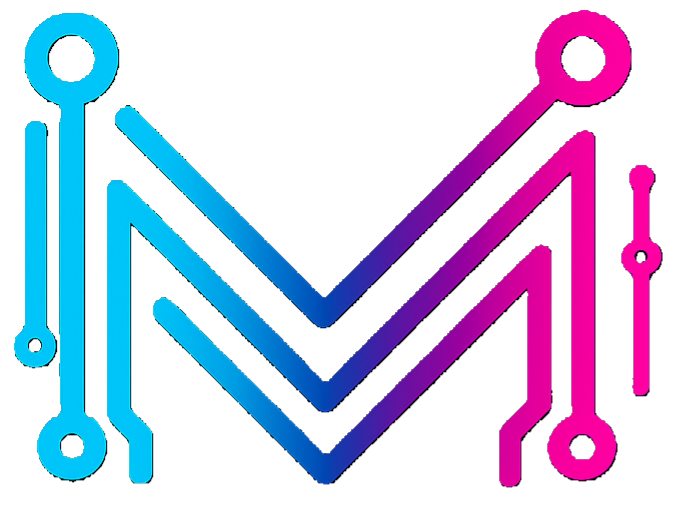
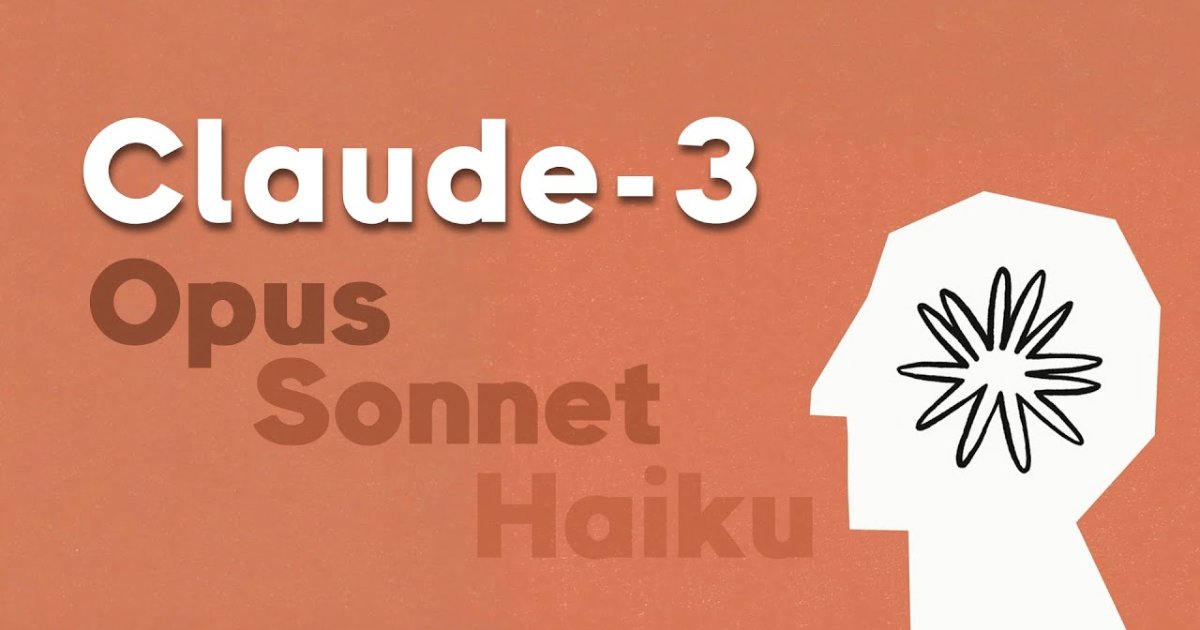
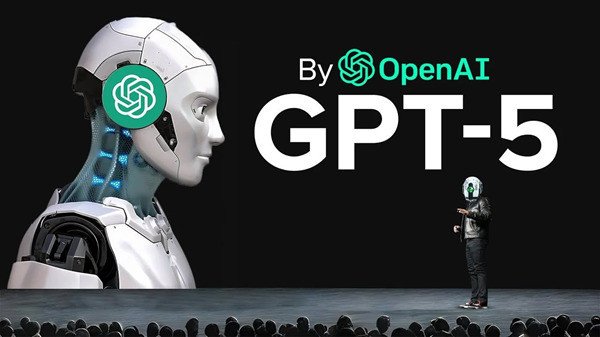
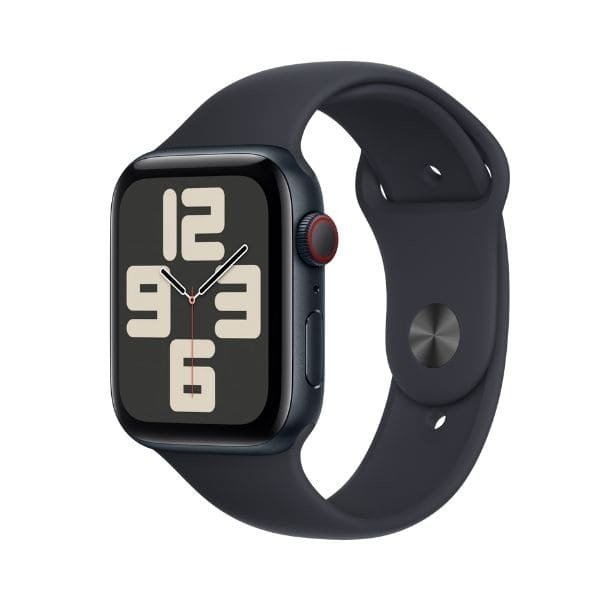
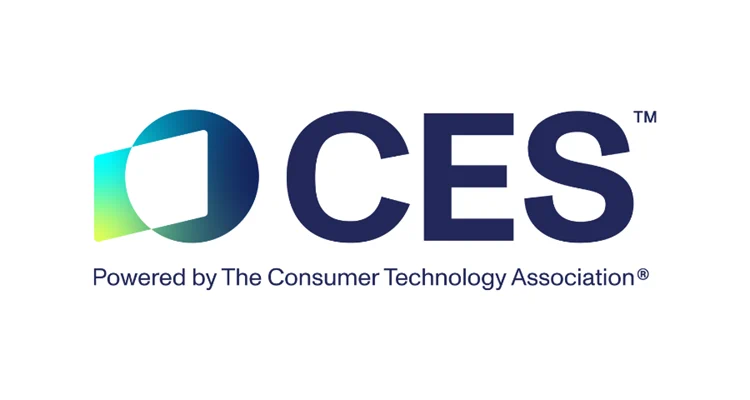

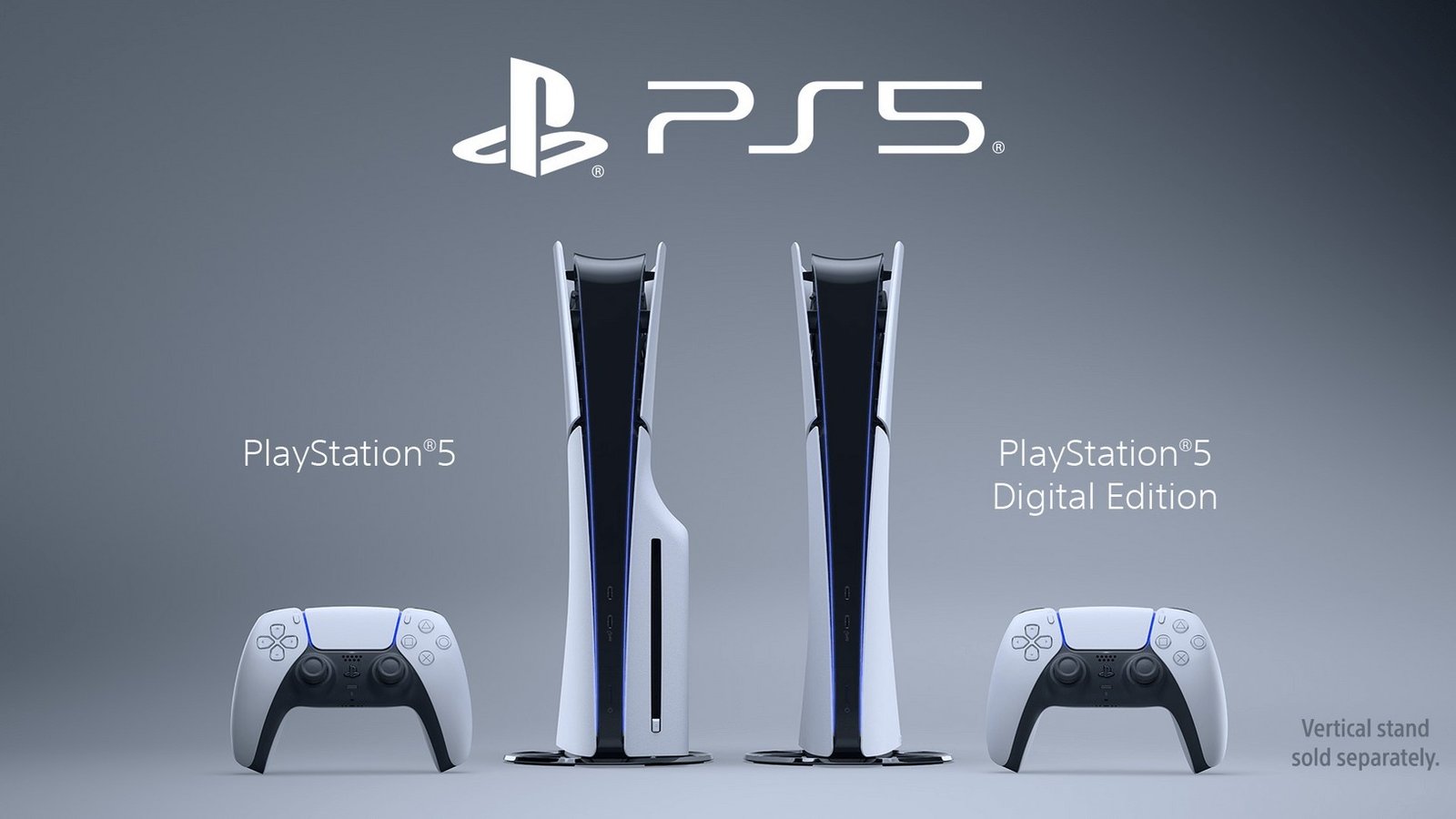
Leave a Reply
You must be logged in to post a comment.